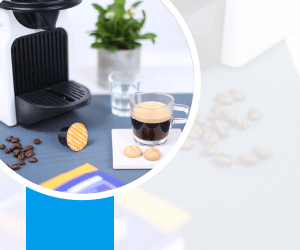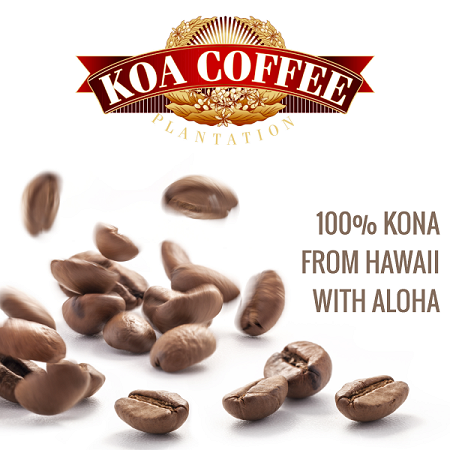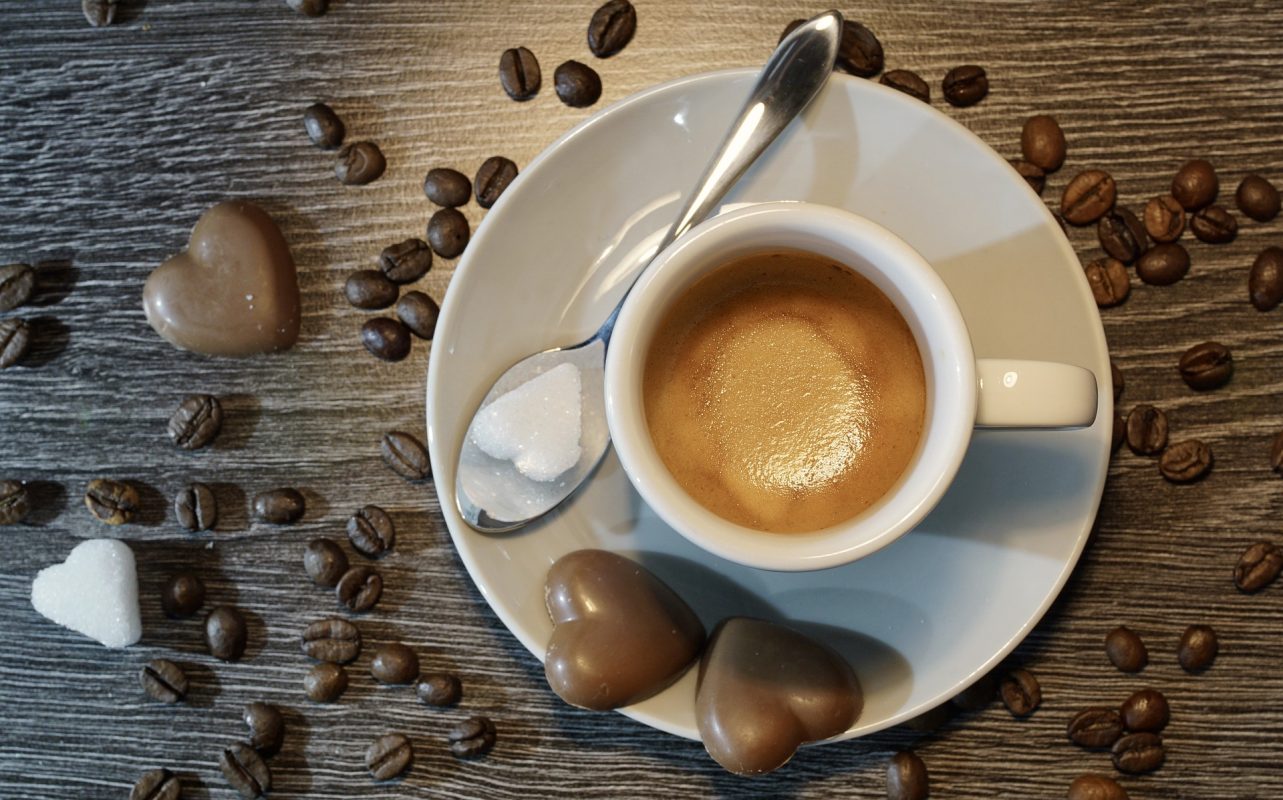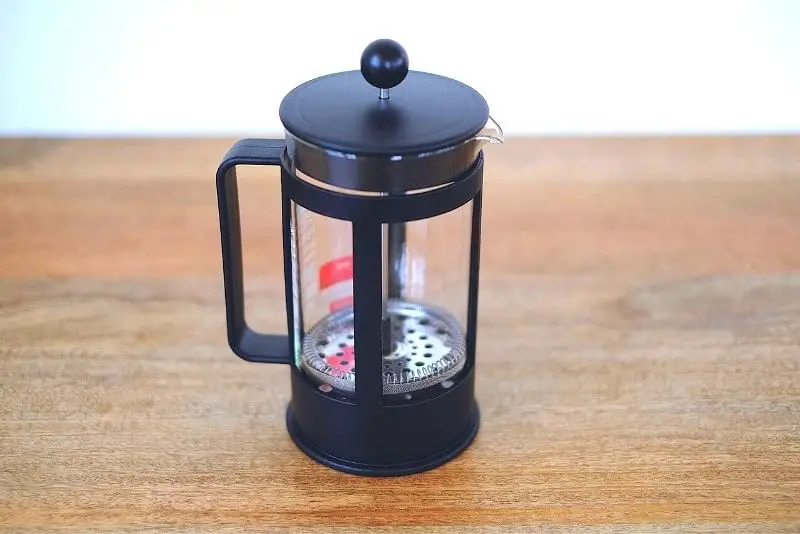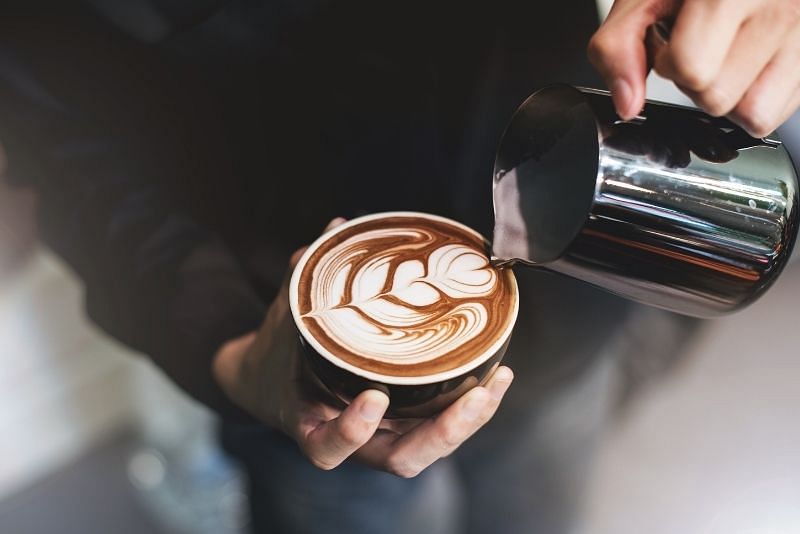How To Make Espresso Macchiato At Home – The espresso macchiato is available in different variants and also under different names: it depends on the country in which you enjoy it.
In principle, the espresso macchiato is always the classic espresso from Italy, which is refined with a little foamed milk. He comes to the guest with a topping of milk foam. In short: With an espresso macchiato, there is white milk froth on top of the espresso.
What Is An Espresso Macchiato And How Is It Prepared?
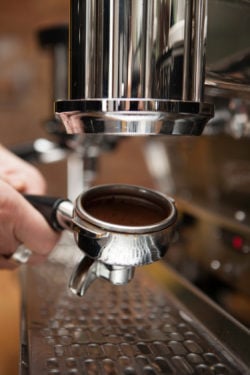
The espresso macchiato is quickly explained: an espresso with a little milk froth “on top”. It succeeds in different ways, there are several methods of preparation available and the decisive factor is the quality of the espresso. The coffee drink is prepared from freshly ground beans in a classic way. Ideally, the espresso machine is available for this, and the fine quality can also be achieved with a well-calibrated fully automatic coffee machine.
To do this, fresh whole milk, which is as rich as possible, is frothed up. Use a teaspoon to put the milk froth in the middle of the espresso. The special taste of this type of coffee comes about because the fat in the milk is a good flavor carrier: it develops the many aromas of the espresso – and changes them at the same time.

Espresso Macchiato Recipe
Equipment
- Espresso Machine
Ingredients
- 30 ml Espresso
- 30 ml Milk
Instructions
- You need well-chosen espresso beans, a coffee grinder and an espresso machine or an espresso pot and a milk frother.
- Freshly grind the espresso beans and put them in the portafilter of the water-filled pot or in the portafilter of the machine. Bring to a boil or turn on the machine.
- Fill the finished espresso with frothed milk, sweeten with brown sugar if necessary and enjoy!
Notes
What Is The Difference Between Espresso Macchiato And Latte Macchiato?
Both times “macchiato”, which means “stained milk” – the difference is not only in the drinking cup: a small cup or glass for espresso macchiato and a tall glass for latte macchiato.
The amount of milk and the preparation are also different. With the espresso variant, a small amount of milk is added to the classic espresso. With the latte, the focus is on the milk: it is carefully poured through the milk froth into the coffee in the glass. This creates three layers, which are also a visual treat when prepared the right way.
Milk Foam For An Espresso Macchiato
As far as the ratio of brown and white is concerned with this method of preparation, one thing to consider: the milk froth is lighter than the coffee, half the froth means that the total volume of the drink is doubled.
The milk froth is heated to a maximum of 150° F during preparation because only then does it remain flexible and delicate – and that’s exactly how it should be. Adding a little more hot milk is perfectly fine. As long as there is more coffee than milk in the cup, it remains an espresso macchiato: at least that’s how insiders define it.
Our tip: If you prepare your milk froth with the espresso machine, you should pay attention to the correct immersion depth and the ideal angle for the milk lance in the milk frother cup. If this is too far up or down in the milk, the surface of the milk will quickly tear open and the froth will not be creamy and fine, but coarse-pored and too hot. Here you can see how deep and at what angle the steam lance should be placed.
Make sure that the lance is close to the “socket”, i.e. the serving triangle of the milk frother cup, and that a whirl is created in the milk when frothing. If there are no large, coarse bubbles and you turn off the steam supply in good time, your milk froth should be ideal in terms of consistency and temperature.
Different Countries - Different Names

If you add a small sip of foamed milk to the approximately seven grams of coffee and the approx. 25 ml of water, the result is the “espresso macchiato caldo”, in English: warm-stained espresso. It is also available – depending on the region and tradition in Italy – under the name “Caffè Macchiato Caldo”. This variant also exists with a sip of cold milk, then in Italy, the coffee is called espresso or “caffè macchiato Fredo”: cold-stained espresso or coffee.
In Portugal, the method of preparation is called “Bica Pingada” and is considered the national drink. The starting drink Bica – literally translated: spout – is the Portuguese version of the espresso. It is mainly ordered under this name in Lisbon. The term is also an acronym, a play on words. It stands for “Beba Isto Com Açúcar”, in English: drink this with sugar. The expression came about as espresso spread across the country from Café A Brasileira in the Chiado district of Lisbon. Back then, the guests found it too bitter, so they added sugar.
In Spain, there is also the espresso macchiato with a little more milk. Then it is called “Cortado” and comes in two variants on the table. With normal whole milk as “Cortado naturale” or with slightly sweetened condensed milk with the name suffixes “lechy” or “condensado”.
The Canary Islands off the west coast of Africa, which belong to Spain, have another variant of espresso macchiato: “Leche y Leche”. With perfect preparation, four layers are created that are not only a treat for the palate, but also for the eyes. The “Cortado Leche y Leche” has the milk foam at the top, followed by the hot milk and the slightly brownish espresso. The last layer forms the condensed milk on the floor, it sets the final contrast in white.


